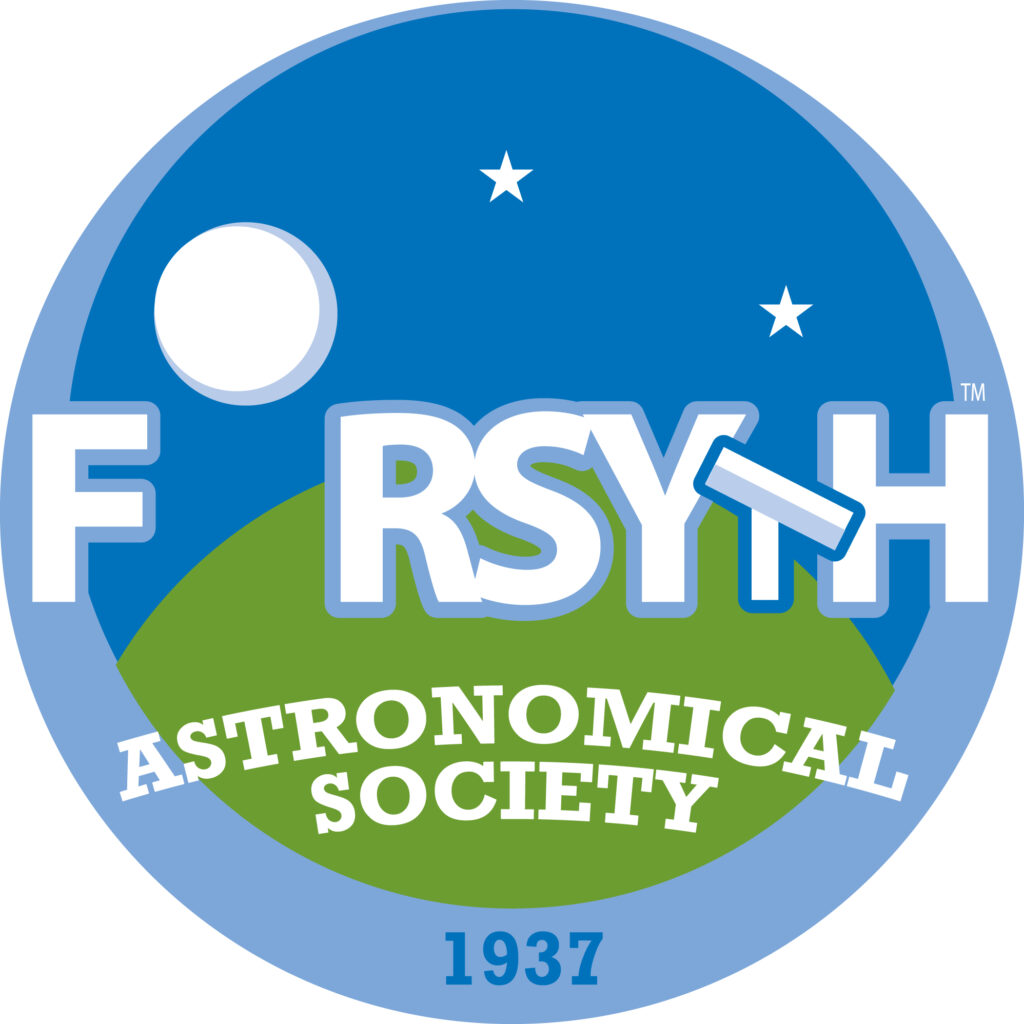Do you often wonder what all those designations for deep-sky objects mean? A few years ago, we posted an article, The Deep Sky, and included some information about the various classifications. Here is the summary below from that article.
For most amateur astronomers, the definitive list of deep-sky objects was created back in the late 1700s by Charles Messier. The modern Messier catalog contains over 100 distinct objects (M1-M110).
Other catalogs have been developed over the years.
- In 1995, Patrick Moore expanded on Messier’s catalog with the Caldwell Catalog, which contains an additional 109 objects not included in Messier’s list (C1-C109).
- William, Caroline, and John Herschel compiled an extensive list of over 5,000 objects in the late 1700s. Herschel’s 400 object deep sky catalog is a subset of this list and provides amateur astronomers with more challenging objects than those in the Messier and Caldwell catalogs.
- John Louis Emil Dreyer produced the New General Catalog (NGC) in 1888 followed by two index catalog supplements (IC) in 1895 and 1909. Dreyer’s catalogs are still in use today and NGC/IC numbers are commonly used to identify many deep-sky objects.
- Philibert J. Melotte, (Mel #) in 1915, and Per Collinder, (Cr #) in 1931, created two catalogs of open star clusters.
For more about deep-sky objects, see: Deep-Sky Objects on our website.

